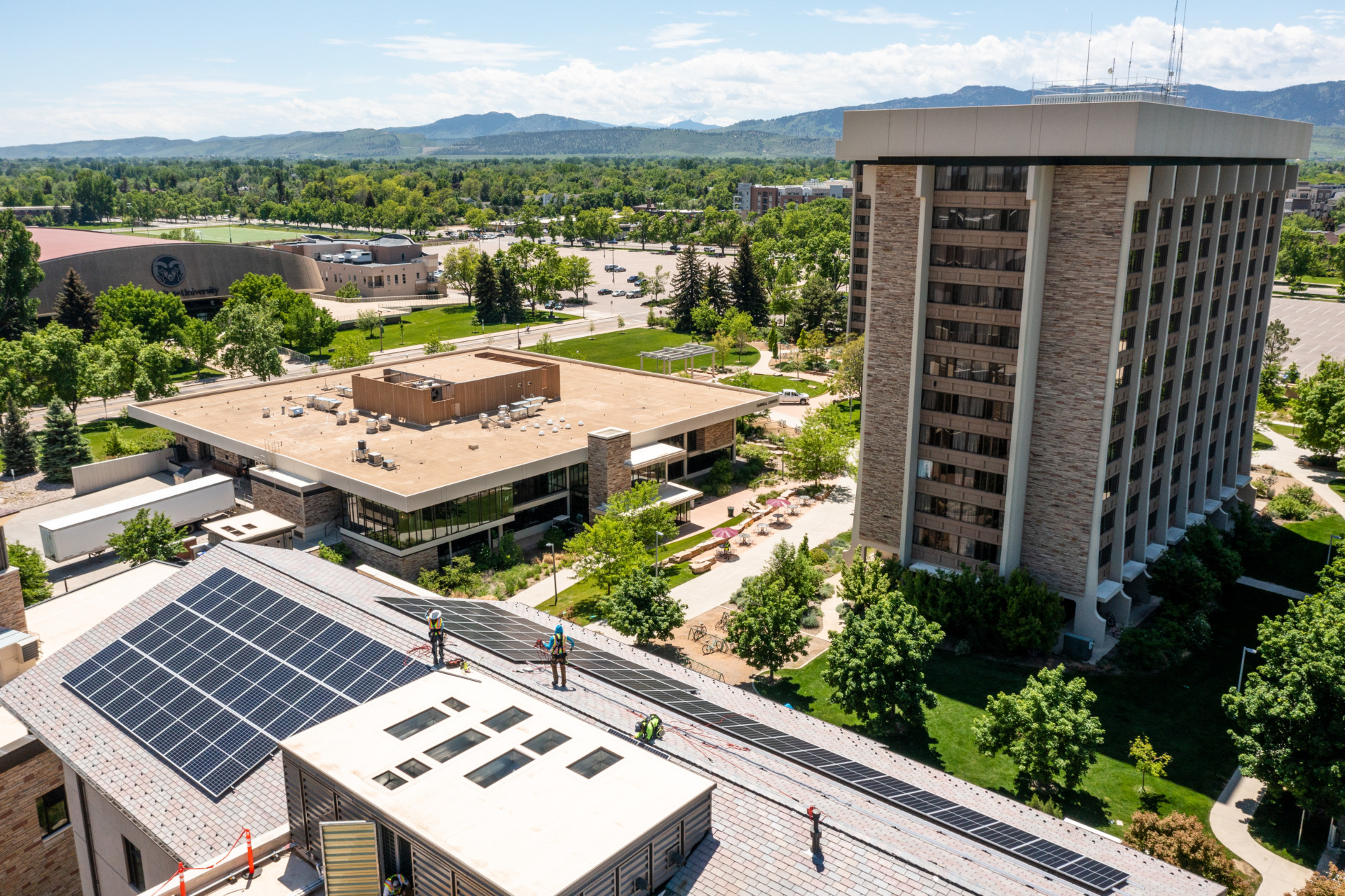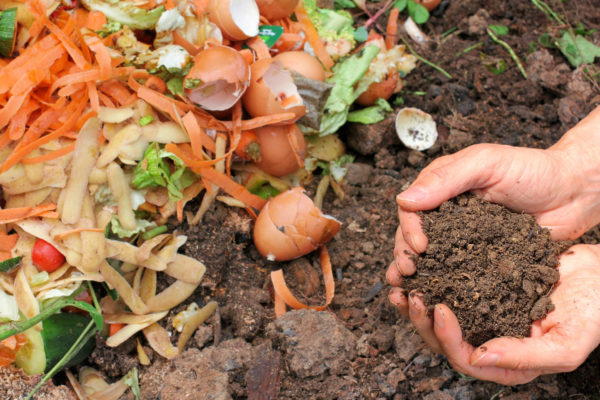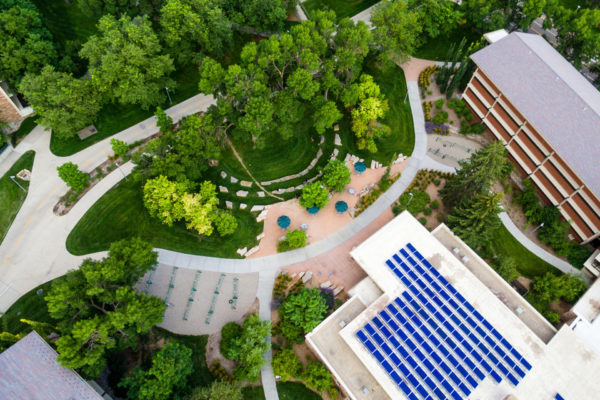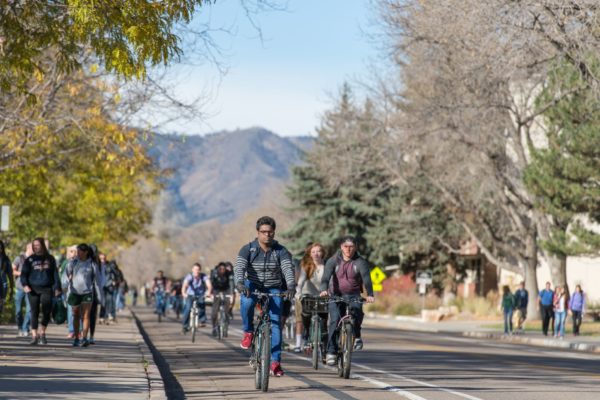
The Sierra Club’s national magazine has named Colorado State University one of North America’s most sustainable higher education institutions for an eighth consecutive year.
CSU ranks No. 10 in the 2021 list of Sierra’s “Cool Schools,” which spotlights strong environmental practices of colleges and universities. The rating continues a string of top-12 finishes that dates to 2014. The 2021 list includes submissions from a record 328 institutions in the United States and Canada.
Now in its 15th edition, the “Cool Schools” list has included CSU in its top dozen for more than half of those years.
“We are very proud of the ongoing sustainability work we are doing here at CSU and appreciate the recognition,” said Carol Dollard, an energy engineer at CSU. “However, we also recognize that there is much work yet to do. So we can take time to celebrate our accomplishments, but then get back to the work that is yet to be done.”
Arizona State University was first in this year’s rankings, followed by University of California-Irvine, Thompson Rivers University (Kamloops, British Columbia), Cornell, State University of New York, College of Environmental Science and Forestry (Syracuse, New York), UC-Berkeley, UC-Merced, Connecticut, New Hampshire and CSU.
CSU’s ‘Cool Schools’ ranking by year
2021: No. 10
2020: No. 7
2019: No. 9
2018: No. 4
2017: No. 11
2016: No. 11
2015: No. 4
2014: No. 11
“Being recognized by the Sierra Cool Schools list for eight years in a row is a tremendous accomplishment and reflects CSU’s deep and long-standing commitment to sustainability,” said Tonie Miyamoto, director of communications and sustainability for Division of Student Affairs. “From academics to research to engagement to operations, we are engaged in addressing global challenges from an environmental, social and economic lens.”



A commitment to environmental responsibility
According to the Sierra Club’s announcement, each of the top 20 schools displayed a deep and thorough commitment to addressing climate change, protecting the natural world, and encouraging environmental responsibility both through their campus operations and course curricula.
Independent researchers used a customized scoring system, ranking colleges and universities based on academic criteria, such as environmentally-focused curricula, student engagement with environmental activism, renewable energy and waste management operations, and schools’ planning and administrative standards, the announcement said.
Scores are based on the Sustainability Tracking Assessment & Rating System (STARS) created by the Association for the Advancement of Sustainability in Higher Education. Colorado State has been rated Platinum – STARS’ top level – a record three times.
“In the past 15 years, Cool Schools has evolved dramatically — we used to hear about light-green initiatives like double-sided printing and Earth Day parties,” said Katie O’Reilly, Sierra’s lifestyle and adventure editor. “Today, schools have dedicated sustainability professionals who innovate pathways toward audacious zero-carbon and zero-waste and circular goals.
“This year, I was particularly impressed by how campus sustainability offices used pandemic downtime to examine what it means to ‘come back’ and how sustainability and equity could be further integrated into every aspect of campus life and operations. They exhibited a real ‘let no crisis go to waste’ ethos.”
The Sierra Club’s full ranking of 328 colleges and universities is online here.
“Youth and students have always been at the forefront of movements for change, from the civil rights movements of the 60s and 70s to the youth-led climate strikes of today,” said Eddie Junsay, Youth Leadership Director of the Sierra Club. “School campuses play an important role providing the environment for students to collectively develop their political analysis and learn how to advocate for the world they want to see. This issue is a chance for schools to heed the calls of their students to be leaders for climate and social justice.”